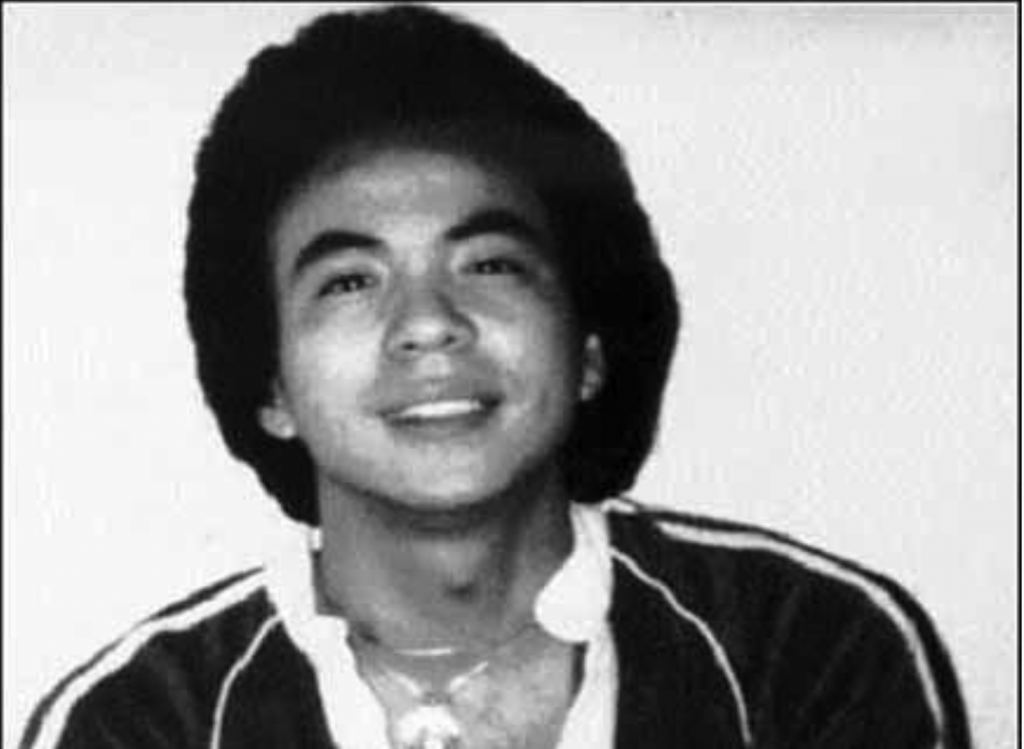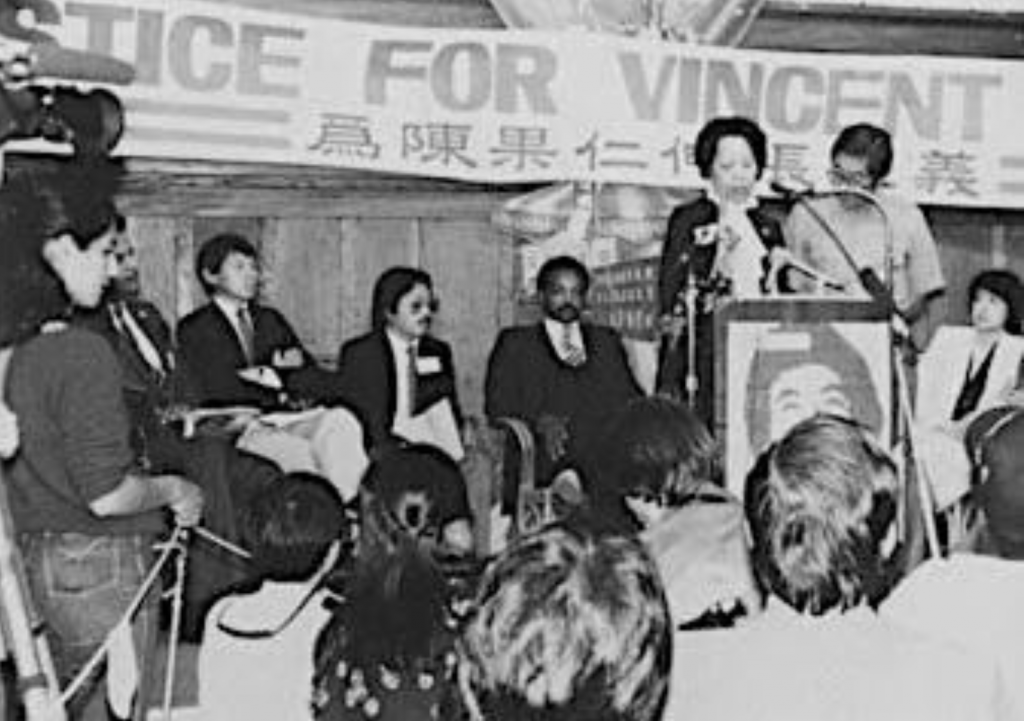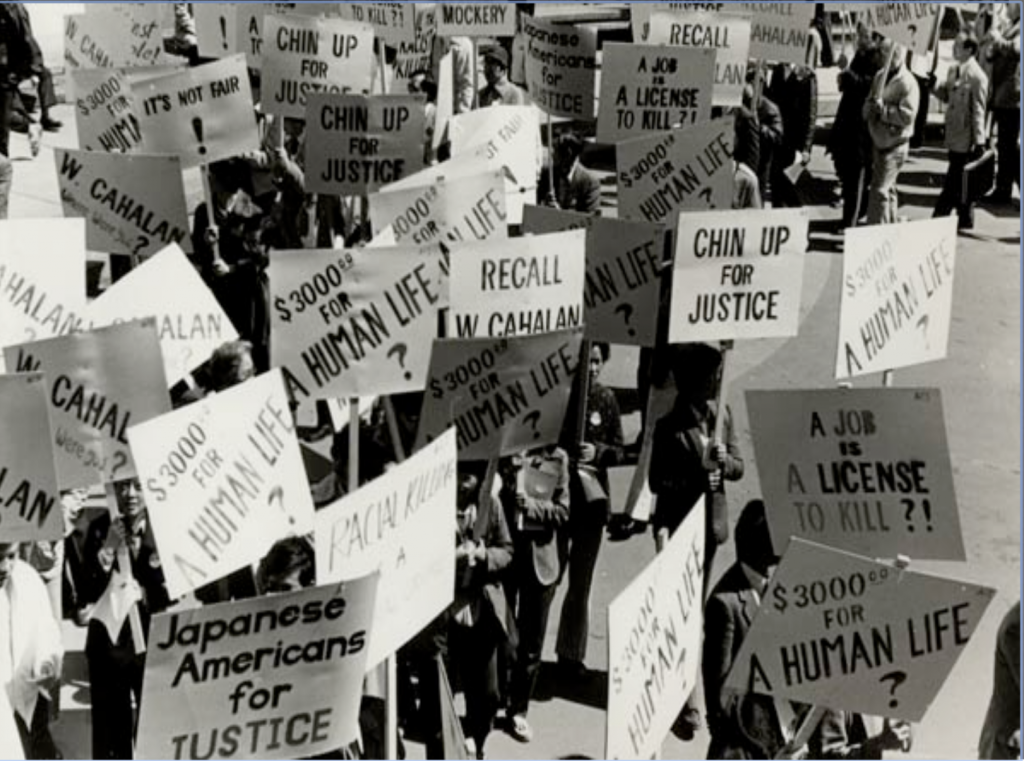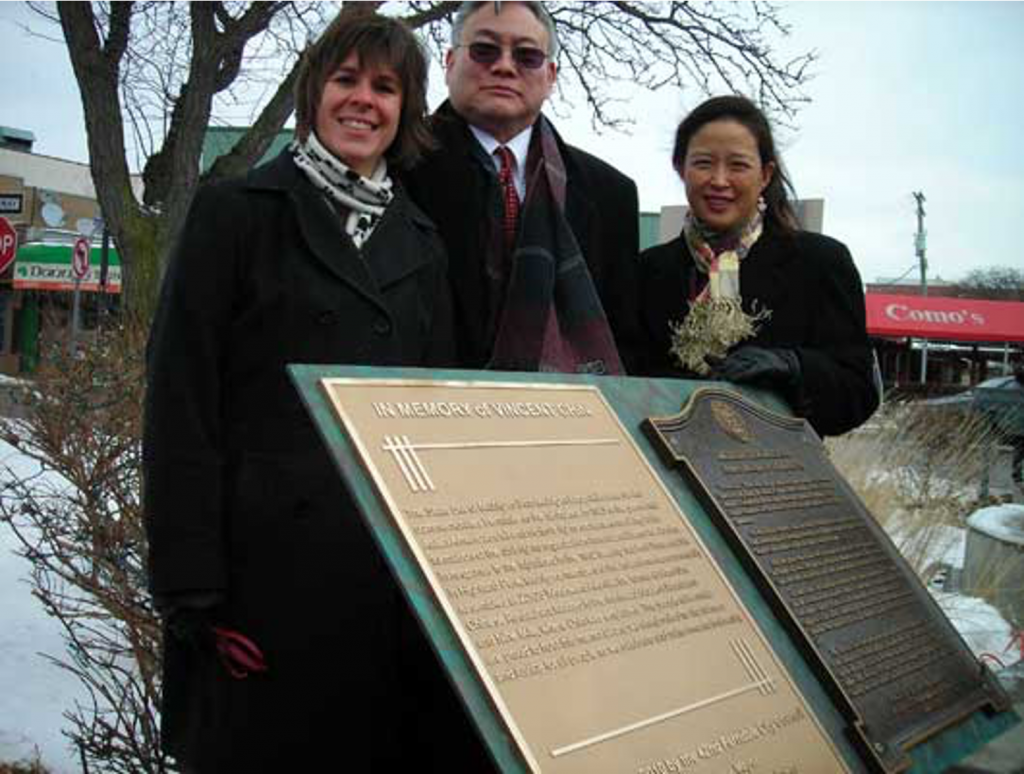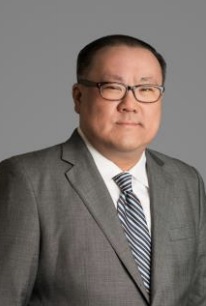On Friday, September 25, AABANY kicked off the 2020 Fall Conference, held virtually this year due to COVID-19. The conference theme was “Stronger Together: Unity in Diversity” and commenced with the General Counsel Roundtable program, entitled “Promoting Unity and Strength Through Leadership.” The panelists included:
Moderator:
- Michael Wu, Chief Legal Officer and Corporate Secretary, Madewell, Inc.
Speakers:
- Vanessa Allen Sutherland, Executive Vice President and Chief Legal Officer, Norfolk Southern Corporation
- Deborah P. Majoras, Chief Legal Officer & Secretary, The Procter & Gamble Company
- Rena Reiss, Executive Vice President and General Counsel, Marriott International, Inc.
- Ann Munson Steines, Executive Vice President, General Counsel and Corporate Secretary, Nordstrom, Inc.
- Amy Weaver, President and Chief Legal Officer, Salesforce.com, Inc.
- David Zapolsky, Senior Vice President, General Counsel and Secretary, Amazon.com, Inc.
The program followed a Q&A format and explored a wide range of topics, from the COVID-19 pandemic to Black Lives Matter and anti-Asian violence. Michael Wu started by asking the panelists how the pandemic has impacted their company operations and their outlook as organization leaders. One major takeaway was that legal departments are shifting into more generalist than specialist roles in order to adapt to crisis operations under a “rescue, recover, and reimagine” mandate. All panelists agreed that while companies and communities are currently in the recovery stage, a re-imagined world will look different from before and rely heavily on virtual and digital channels. Amy Weaver succinctly summarized that “two things are the most relevant today” to companies navigating these complex times: first, be a quick study; second, be able to make decisions quickly.
The panelists were then asked what challenges in diversity and inclusion their companies are facing and how are they being addressed? Rena Reiss emphasized the need to carve out time and space to discuss racial issues that weren’t previously seen as polite workplace conversation. Vanessa Sutherland and Amy Weaver highlighted the snail’s pace at which financial industries and law firms operate with regard to diversity initiatives and stressed the need for immediate change.
Michael Wu also asked about challenges Asian Americans face in corporate America, whether or not they are seen as minorities, and what advancement initiatives are in place. Panelists acknowledged the racial xenophobia and anti-Asian violence COVID-19 has wrought, and Ann Steines spoke to Black Lives Matter as an opportunity for allyship to advance the meaningful engagement of all diverse individuals in the workplace.
At the conclusion of the program, Michael asked the panelists to give advice to diverse lawyers seeking career advancement. In response, Vanessa acknowledged the tendency of diverse attorneys to be risk-averse due to the disproportionate pressure placed on them. She encouraged lawyers of color to not be afraid to take risks, because leaders need to demonstrate that they are capable of making uncomfortable decisions.
Ann recommended that minority lawyers consciously diversify expertise as their career progresses. “As lawyers we’re told to be experts in the areas we practice in. Then you get to a point in your career where you need to expand your horizons,” she stated. “People don’t always put their arm around the diverse candidate to tell them the advice that all the panelists have been giving today.” Ann thus highlighted the lack of formal and informal mentorship that places diverse attorneys at a disadvantage compared to their white counterparts.
As the panel drew to a close, Michael asked the GCs to share with up-and-coming lawyers the most valuable advice they have received in their career. David Zapolsky offered the following three-part answer: First, to be business people first and lawyers second. Second, “being a lawyer is about preserving your personal credibility even if you have clients who can’t.” Finally, “if you touch it you own it.”
The GC Roundtable is typically the highlight of the Fall Conference, and this year’s kept in line with prior GC Roundtables, offering impactful and pertinent viewpoints and guidance for all attendees. With this all-star panel the GC Roundtable kicked off another successful Fall Conference and set a high bar for the programs that followed on Saturday.
Thank you to all the panelists and our moderator, Michael Wu, for their invaluable insights on topical matters that are top-of-mind for in-house counsel and attorneys working in today’s challenging environment. To view a recording of the GC Roundtable, click here or click the image above.


